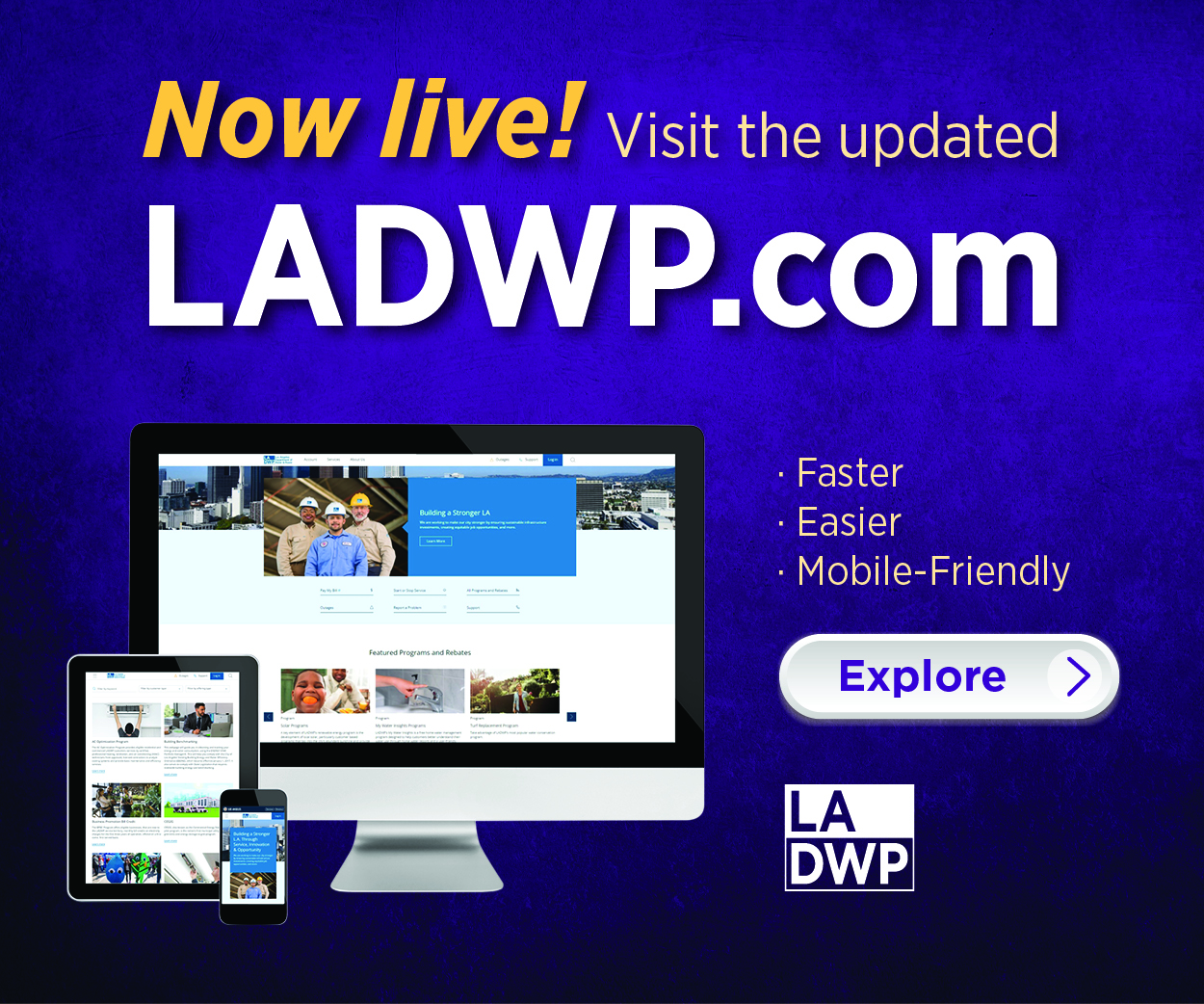Comments
SB 79 AFTER THE VOTE – In recent legislative sessions, there have been passionate floor speeches made by supporters of SB 79 in order to secure its passage.
Observers of those discussions cannot help but go away with a very important observation: Many of those lobbying for support of SB 79 and who have publicly advocated for its passage appear to have no idea that the California cities have already taken action and adopted plans to place increased density adjacent to transit. The measure is presented as though this is the first time that this concept is being considered.
All agree that building housing near transit is a good idea. The problem is that the bills’ advocates imply that this is not being done in California thus creating the need for legislative action. Worse yet, SB 79 seeks to vilify homeowners and target them as the reason why there isn’t housing near transit when there are miles and miles of land zoned other than R 1 that are adjacent to transit routes and provide more than ample opportunity for needed density.
In fact, municipalities across the state have already zoned land, including the upzoning of some R1 lands, to meet the State’s ambitious Regional Housing Needs Assessment (RHNA) goals. How many SB 79 supporters have read the Housing Element plan of their city? How many legislators are familiar with the strategies that their cities have adopted to meet housing goals? Do they understand that SB 79 renders moot years of community outreach and input to craft those Housing Element documents and to create the strategies to reach housing goals? Those plans have been crafted specifically to reflect the needs and differences between neighborhoods and cities across this diverse state.
Instead, SB 79 seeks to create a broadbrush upzoning of all single-family zoned land within a half mile of transit. Except that the bill’s author has now exempted over 80% of the state from his measure’s reach to win votes to secure its passage. SB 79 does not apply to rural areas and it excludes cities of 35,000 population or less. The result: This measure is now designed to target Southern California cities as many of our cities are larger than those in Northern California (and it is felt that as Senator Wiener seeks to run for higher office in the Bay Area, that he did not want to alienate voters there).
However passionate the legislators’ speeches in support of the measure were, they showed that those who support the measure do not understand the bill and the many negative impacts and unintended consequences it will create:
It undermines local housing plans and fails to acknowledge that one-size-fits-all legislation fails to realistically address the housing challenges faced in our different communities.
SB 79 discriminates against larger Southern California cities. While the Housing Element of the General Plan applies to ALL cities, SB 79 no longer treats all areas of the state equitably after its author carved out over 80% of the state to secure votes. By exempting smaller cities primarily in Northern California, and by exempting rural areas, the measure now appears to be Senator Wiener's targeted effort to force apartments into single-family neighborhoods primarily in Southern California.
There is no equity in such a program.
SB 79’s designation as an emergency measure warrants scrutiny. This designation allows the state to preempt local control, specifically undermining the rights of charter cities under the California Constitution. These cities, by virtue of their charters, possess a degree of autonomy in enacting local land-use regulations.
SB 79 increases the costs to cities to provide infrastructure and services to support new density.
By throwing open all single-family zoned land to mid-rise development of up to 7 stories, cities will be unable to efficiently or cost-effectively plan needed infrastructure improvements. This is an unfunded mandate that will place stress on the fiscal stability of many municipalities. Developers will be deciding where density goes – not the cities.
SB 79 empowers developers, speculators and Wall Street investment firms to become our cities’ planners..
SB 79 Contributes to escalating land costs: By enabling market-rate development in affordable areas, SB 79 will drive up land values. This eliminates a vital entry point for homeownership and shifts development away from affordability goals toward profit maximization. Escalating land costs and the need for individuals and families to compete with REITS and large corporate interests will make it harder to attain homeownership thus removing the opportunity to generate generational wealth. As land values increase, rents also reflect those increases.
SB 79 Accelerates Displacement: Gentrification driven by speculative development will increase living costs and push out long-time residents, many of whom may be forced to leave their community and the state.
SB 79 compromises the health and public safety of Californians by failing to exempt high-risk flood, fire, and tsunami zones. There are no requirements for protections or setbacks on/around known seismic fault zones. Not only does the bill fail to protect future residents of those areas, but building more housing in climate hazard-prone zones (flood, fire, earthquake, sea rise) undermines California’s long-term resilience and increases future taxpayer burdens for disaster response and rebuilding.
SB 79 Creates Utility Burdens and New Fees: Cities lacking the resources to expand infrastructure will be forced to create costly assessment districts in these neighborhoods, further burdening existing residents – both property owners and tenants.
SB 79 Creates Opposition to Transit Expansion: As communities face displacement and disruption, residents will resist further transit investments—ironically undermining the very goals SB 79 claims to support. Creating new reasons for opposition to transit is unwise.
Recent studies by the Federal Reserve Bank of San Francisco and by the Rand Institute document that government regulation (like zoning) accounts for a very small and insignificant cause of the high cost of housing. Others write that we cannot build ourselves out of the affordability challenges faced. Addressing the need for workforce and low-income housing is THE critical issue on the table. SB 79 does not begin to address that challenge with its small affordability component and its failure to address the factors that do result in the cost of housing. And sadly, its implementation will serve to eliminate more affordable housing options for both tenants and future homeowners as it incentivizes gentrification that harms marginalized communities most.
The bill has been sent to Governor Newsom. Will he VETO SB 79 and use his bully pulpit to explain to the public why SB 79 is not necessary for the state?
(Barbara Broide is a long-time community activist and President of Westwood South of Santa Monica Blvd. Homeowners Association also serves on her local neighborhood council where she is Planning and Land Use Chair.)






